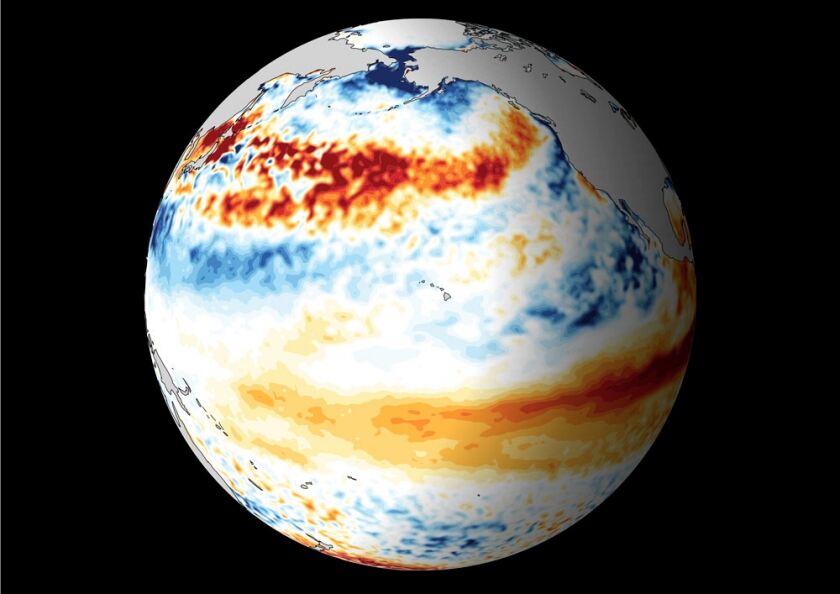THE LATEST
Japanese-built supercomputer simulations illuminate El Niño's influence on East Asian winter climates

In Japan, the Research Institute for Applied Mechanics at Kyushu University has utilized advanced supercomputer simulations to study the complex relationship between El Niño and winter climate patterns in East Asia. Conducted by Post-doctoral Fellow Masahiro Shiozaki and Professor Hiroki Tokinaga, the research has revealed valuable insights into how the timing of El Niño onset affects weather anomalies in Japan and surrounding regions.
The El Niño phenomenon significantly impacts global climate dynamics, disrupting normal atmospheric flow and giving rise to extreme and abnormal weather conditions across various regions. In the case of Japan, historical data has shown a connection between El Niño and the prevalence of warmer winters, such as the notably mild winter season of 2023-2024. However, there have also been colder winters during El Niño years, like the one experienced in 2014-2015. This has prompted the research team to further explore this puzzle.
The study is based on an analysis of 100 different climate simulations spanning over 61 years. It aims to explain the relationship between El Niño and winter climates in East Asia. The supercomputer simulations revealed an important link between the early onset of El Niño, occurring around June, and the presence of warm winter climates in the region. Conversely, a late onset of El Niño has been associated with colder winters, highlighting the complex interplay between El Niño timing and winter climate anomalies.
The analysis also uncovered that El Niño's significant influence on East Asian winters is not solely due to this climate phenomenon. Anomalous warming of the tropical Indian Ocean has emerged as a key factor driving warmer East Asian winters. The early onset of El Niño leads to a warming effect on the Indian Ocean from summer to winter, which suppresses atmospheric convection over the tropical western Pacific, resulting in reduced rainfall and atmospheric heating. This triggers atmospheric waves and abnormal circulation patterns, ultimately leading to warm winter climates in East Asia.
The research team took an innovative approach by running simulations of weather patterns over the past sixty years in 100 different scenarios. They made adjustments to the patterns to understand how El Niño directly affects the atmosphere. This method helped to reduce background noise in the data, providing a clearer understanding of how El Niño impacts winter climate patterns in East Asia.
The team hopes that their findings will lead to improvements in predicting climate patterns, especially during active El Niño phases. By using their insights, researchers and meteorologists could better predict winter climates months ahead of time, helping society prepare for the impact of these unusual weather patterns.
Given the increasing impact of global warming on climate patterns, the team believes it is essential to further explore how rising water temperatures, especially in the Indian Ocean, and other tropical climate phenomena may shape winters in East Asia in the future. Professor Hiroki Tokinaga emphasizes the need for continued research to understand the complex dynamics of climate change and its effects on winter climates in the region.
Kyushu University's Research Institute for Applied Mechanics stands at the forefront of cutting-edge research and technological advancements with its pioneering supercomputer simulations, illuminating promising avenues for comprehending and harnessing the complexities of climate dynamics and meteorological phenomena.
